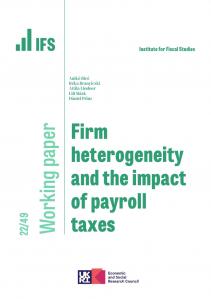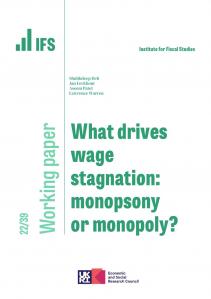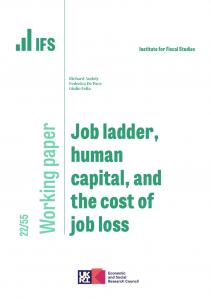Much of the dramatic change in skill and wage structure observed in recent years in the United States is believed to stem from the impact of new technology. This paper compares the changing skill structure of wages and employment in the United States with three other advanced developed countries - the UK (where wage inequality has risen even faster in the 1980s than in the US), Denmark (where unemployment has risen, but wage inequality has not grown very much) and Sweden (where wage inequality and unemployment have remained stable over our sample). We base most of our analysis on a newly constructed panel of two-digit industries covering 17 years but also, where necessary, use other data sources at various levels of aggregation. We investigate how far technical change can explain the growth in the importance of more highly skilled workers and find that the growth of the share of skilled workers (by occupation or education) has occurred in all countries. Like the US, most of this shift towards an increased usage of more skilled workers has occurred within industries. Furthermore, evidence of the complementarity of human capital with physical capital and with new technology is uncovered in all four countries. Nevertheless, technology can only account for a relatively small part (about one quarter) of the changes in the skill structure of the labour market in the Anglo-American nations. In Sweden, however, a substantial part of the change is accounted for by technology. It seems likely that, over and above any effect from skill biased technological change, the observed changes in skill structure in Britain and America are also linked to the structure of labour market institutions, such as the declining role of trade unions and collective bargaining.









